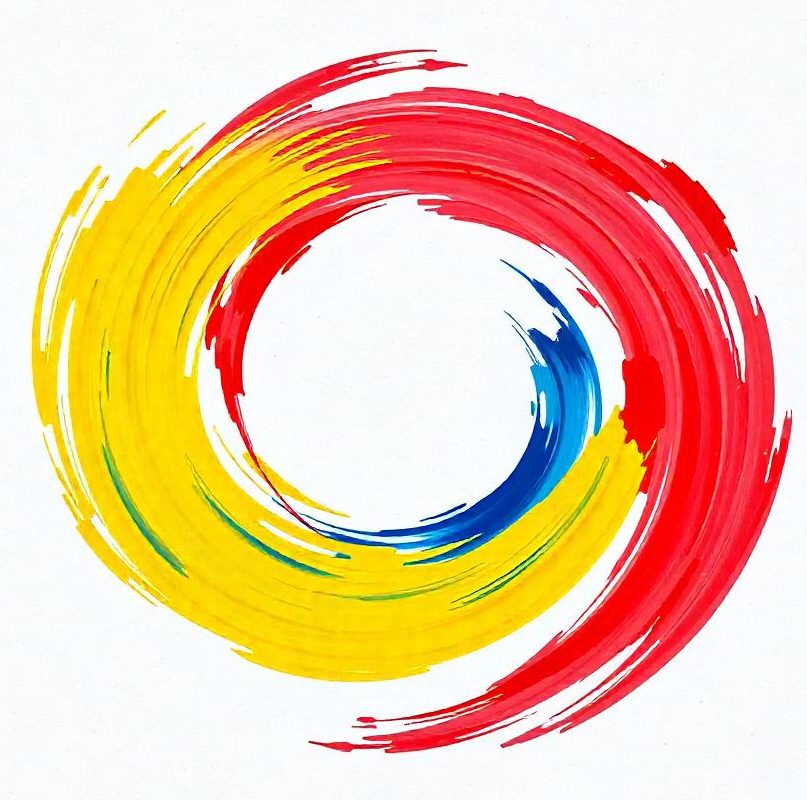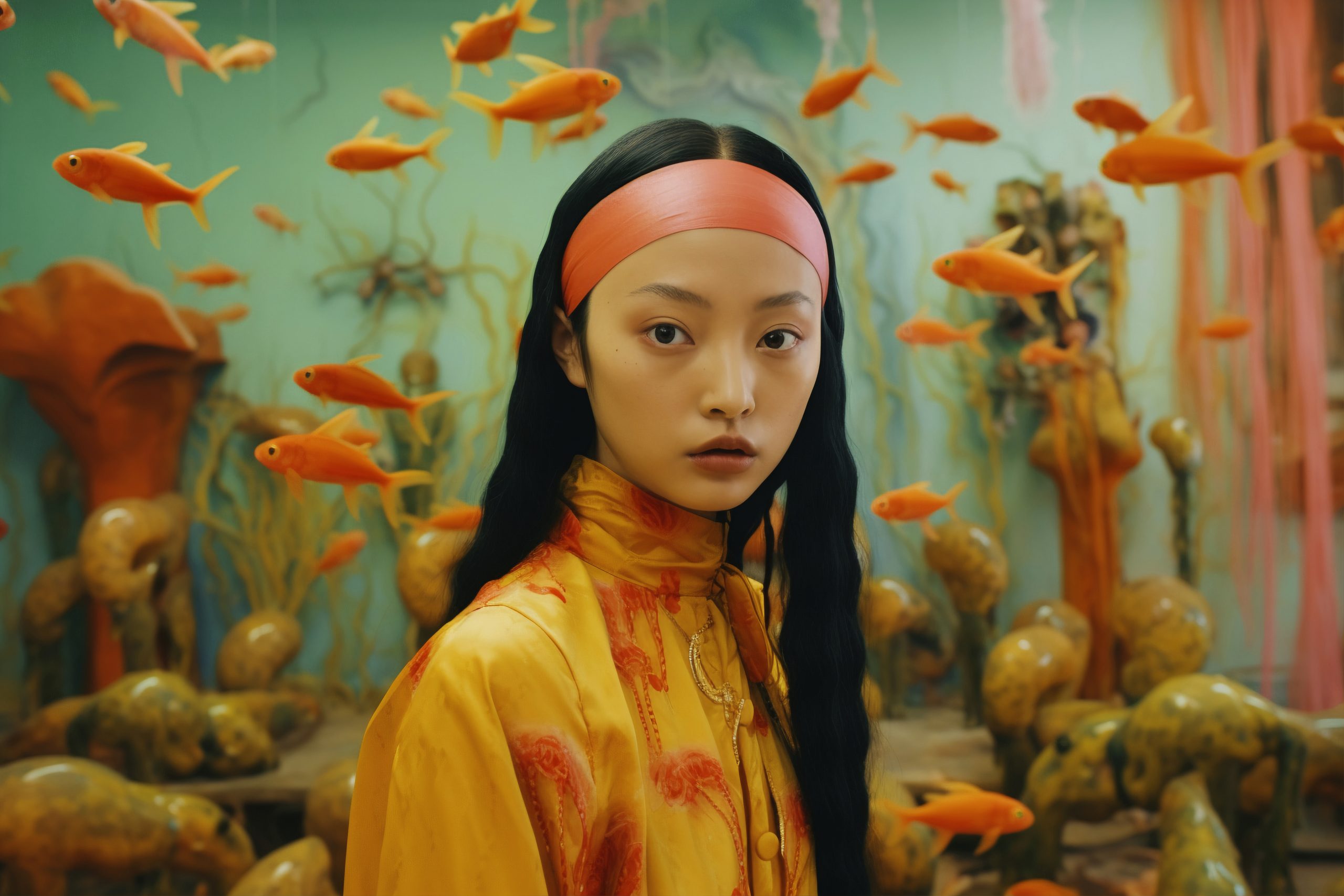The world of art is constantly evolving, and in recent years, one of the most significant changes has been the rise of digital art. With the advancement of technology, digital art has transformed the way we create, view, and collect art. This shift has had a profound impact on traditional art collecting, raising important questions about authenticity, value, and the future of the art market. In this article, we explore the growing influence of digital art on the traditional art collecting scene.
1. What is Digital Art?
Digital art is created using digital tools, such as computers, tablets, and software, rather than traditional media like oil paint or sculpting materials. It can encompass a wide range of forms, including digital painting, 3D modeling, digital photography, and interactive installations. As technology continues to evolve, new forms of digital art, such as virtual reality (VR) and augmented reality (AR), are becoming increasingly popular.
2. The Rise of NFTs in Digital Art
One of the most notable developments in digital art has been the emergence of NFTs (Non-Fungible Tokens). NFTs are unique digital assets that use blockchain technology to verify ownership and provenance of a digital work. This has revolutionized the digital art market, allowing artists to sell their work directly to collectors without intermediaries, and providing a secure way to prove ownership of a digital artwork.
How NFTs Are Changing the Market:
- Direct connection between artist and collector: NFTs allow artists to sell their work directly, bypassing galleries or auction houses.
- Verifiable authenticity: The blockchain ensures that digital works can be traced back to their creator, preventing counterfeiting and ensuring authenticity.
- New opportunities for artists: Digital artists can now monetize their work in ways that were not possible with traditional art forms.
3. The Debate on Value and Authenticity
One of the biggest challenges digital art has presented to traditional art collecting is the issue of value and authenticity. Unlike physical artworks, digital art can be easily reproduced, leading some to question how it can hold value in the same way as a painting or sculpture. However, NFTs have provided a solution by offering a way to prove ownership of a unique digital file, much like how provenance works for traditional art.
Traditional vs. Digital Art Value:
- Traditional art: The value is often derived from the artist’s reputation, the rarity of the piece, and the historical significance.
- Digital art: Value is influenced by factors such as rarity (e.g., limited editions), the popularity of the artist, and the unique properties of the NFT (e.g., ownership rights, royalties, etc.).
4. Changing the Collector’s Experience
Digital art has introduced a new dynamic to the art-collecting process. Traditional art collectors typically interact with physical pieces in galleries or auctions, whereas digital art collectors engage with works online. Digital art platforms like OpenSea and Foundation allow collectors to browse and purchase artworks directly from their devices, expanding the reach of the art market to a global audience.
Key Changes in the Collector Experience:
- Online platforms: Art buyers no longer need to visit galleries or auctions in person to view and purchase art.
- Instant access: Digital art can be acquired and displayed immediately after purchase, making it more accessible.
- Global market: Digital platforms provide access to a wider variety of artists, including those who may not have a traditional gallery presence.
5. Impact on Traditional Art Galleries and Auction Houses
As digital art continues to gain popularity, traditional art galleries and auction houses have had to adapt to this new trend. Some galleries now showcase digital art in their exhibitions, while auction houses like Sotheby’s and Christie’s have auctioned high-profile NFTs. The shift towards digital art is forcing these institutions to reconsider their models and offer new ways for collectors to engage with digital works.
How Traditional Galleries Are Adapting:
- Exhibiting digital works: Some galleries have embraced the digital revolution by displaying digital art in their spaces, often with the help of digital screens or immersive installations.
- Collaborating with NFT platforms: Traditional auction houses are holding NFT auctions, allowing digital artists to gain visibility in the traditional art world.
6. The Future of Digital Art in the Art Market
The future of digital art looks promising, as new technologies and platforms continue to emerge. Artists are finding new ways to experiment with digital mediums, while collectors are increasingly willing to embrace these new forms of art. While digital art may never fully replace traditional art, it is certainly becoming an integral part of the art world, offering new opportunities for both artists and collectors.
Trends to Watch:
- Integration with Virtual and Augmented Reality: As VR and AR technologies improve, expect to see more immersive digital art experiences.
- Increased acceptance in the traditional art world: As NFTs and digital art continue to gain credibility, more traditional galleries and institutions will likely embrace them.
- Hybrid art forms: The lines between physical and digital art are blurring, with artists creating works that combine both.
Conclusion
Digital art has undoubtedly made a significant impact on the traditional art collecting world. The rise of NFTs, new ways of collecting, and the increasing recognition of digital artists are reshaping the market. While the traditional art world may take time to fully embrace these changes, the growing presence of digital art is undeniable. Whether you’re a seasoned art collector or a newcomer, the digital art revolution offers exciting opportunities to explore and expand your collection in innovative ways.


